
-
Hi Shirlyn and Lisa, tell us about the Singapore Allied Health Conference (SAHC). Is it the first time it will be held in Singapore?
Jointly organised by SingHealth Group Allied Health and SingHealth Academy College of Allied Health, this is the second SAHC featuring a mix of face-to-face and virtual sessions (hybrid event) from 13 to 15 October 2022. The inaugural run held in March 2021 (fully virtual) was a resounding success.
-
Why is it so important?
The SAHC is a hallmark event that is specially curated for the Allied Health Professional (AHP) community. This year's conference aims to bring together AHPs and thought leaders from Singapore and around the region to exchange knowledge and build a community of best practices.
With the theme
'Embrace, Engage, Excel in Change', the conference provides an opportunity for participants to network, discuss ideas, and inspire progress in the AHP community. The target audience includes clinicians, students, stakeholders from educational institutions and industry partners, as well as research collaborators and policy makers.
-
We understand that the conference this year is focusing on leadership, technology, mental well-being, and population / preventive health. How are these important to AHPs at SNEC?
With an ageing population, we expect that the prevalence of visual loss from many eye conditions (such as cataract, glaucoma, diabetic retinopathy, age-related macular degeneration, and myopic degenerative change) will increase over time. It is important that we shift our focus – from just tertiary treatment of these conditions to population and preventive health, wherein AHPs have the potential to excel in being key providers of primary care and early intervention.
To explore beyond their traditional roles in patient care, AHPs need to think innovatively on how to prevent visual complications and visual loss. Leadership skills, embracing technology advancements, and mental wellness are important for building a resilient and adaptable AHP workforce in the ever-changing healthcare landscape.
-
How are SNEC AHPs / staff contributing to this conference?
Many of our staff are in the Organising Committee. Ms Tin Yin Mei (from Medical Social Services) is helping with logistics. Ms Shirlyn Sam, Ms Carin Tan (both from Optometry Service) and Ms Tan Yi Ling (from Orthoptics Service) are in the Scientific Committee.
Ms Karen Zhang (from Orthoptics Service) served as Abstract Reviewer.
-------------------------------------------------------------------------------------------------------------------------------------------------
Ms Carin Tan, Ms Beatrice Woo (both from Optometry Service) and Dr Howard Yu Cajucom-Uy (from Singapore Eye Bank) will each present an e-Poster at the conference.
Ms Carin Tan will present
‘Educate to Empower - Development of Advanced Diploma in Clinical Ophthalmology (for Optometrist)’.
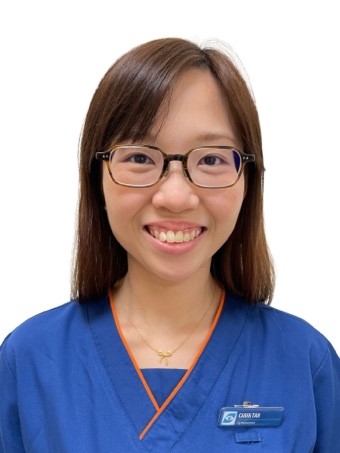 Eye care requirements in Singapore are expected to increase over next few decades. By 2050, majority of population will be in the 50–85 age group. This aging group and their chronic age-related eye diseases such as glaucoma, diabetic retinopathy and cataracts will require regular monitoring, inevitably leading to strain on our current tertiary eye care resources in both manpower and physical space. A market survey of existing degree and diploma programmes for Optometrists gives limited clinical exposure of about 300 hours on average spread across 2 to 3 years. This has given rise to Optometrists whom are confident at refraction but limited in their clinical experience in managing patients beyond refractive errors.
Eye care requirements in Singapore are expected to increase over next few decades. By 2050, majority of population will be in the 50–85 age group. This aging group and their chronic age-related eye diseases such as glaucoma, diabetic retinopathy and cataracts will require regular monitoring, inevitably leading to strain on our current tertiary eye care resources in both manpower and physical space. A market survey of existing degree and diploma programmes for Optometrists gives limited clinical exposure of about 300 hours on average spread across 2 to 3 years. This has given rise to Optometrists whom are confident at refraction but limited in their clinical experience in managing patients beyond refractive errors.
The Advanced Diploma in Clinical Ophthalmology was hence developed to formalise clinical competency training for Optometrists, to allow Optometrists to practice at the top of their license, and gain institution confidence in assigning higher clinical responsibilities to Optometrists.
The program has 5 modules that is conducted over a 21-month period. It comprises of theory, skills workshop, on-the-job training, Objective Structured Clinical Examination (OSCE) and Quality Improvement (QI) project. The diploma is modular, comprising three different Post-Diploma Certificates (PDCs), where Optometrists fulfil different roles on completion. This modular aspect allows Optometrists choice to embark on the level of clinical competencies they hope to achieve, thus performing roles of increasing complexity in the eye care system, depending on their comfort level and interests. Modular structure also allows avenues for various subspecialties of optometry such as Low Vision, Myopia and Contact Lens to branch out and similarly achieved recognised accreditation which is currently lacking at the moment.
This program is developed with the Ministry of Health's directive in mind, which is to move towards the '3 beyonds' – bringing eye care to community, enabling non-specialists increase value to system, and focusing on preventive eye care. Education is key to improving and upskilling our workforce. We aim to innovate the education journey for Optometrists, which has been stagnant and hindering them to practice at top of their license. By understanding our learner's profile, industry and institutional requirements, we have created an adult learner-centric program, using competency-based training and assessment, e-learning tools and technology to achieve our aims.
 Ms Beatrice Woo will present ‘Comparison of Patient’s Perception of the Stimuli to the Correlation of Reliability between Stimuli in Ptosis Patients’ based on a study conducted in SNEC Eye Clinic @ Changi General Hospital (CGH).
Ms Beatrice Woo will present ‘Comparison of Patient’s Perception of the Stimuli to the Correlation of Reliability between Stimuli in Ptosis Patients’ based on a study conducted in SNEC Eye Clinic @ Changi General Hospital (CGH).
Ptosis is a common age-related condition in Singapore where the upper eyelid droops, sometimes restricting vision. Suitable patients were recruited into the study with the aim of comparing the repeatability and reliability between supra-threshold and threshold stimuli used in Goldmann Visual Field (GVF).
Besides measuring superior visual field loss with the Goldmann Perimeter across two visits, a questionnaire consisting of 30 questions was included to examine the effects of ptosis on patients’ daily activities and determine if a different stimuli type used in GVF played a part in affecting test reliability as observed by the patient.
The poster illustrates that the data collected from the clinical measurements and the consensus from the questionnaire agreed that the stimuli type did indeed influence patients' responses and a supra-threshold stimuli target was preferred in demonstrating superior visual field loss on the GVF.

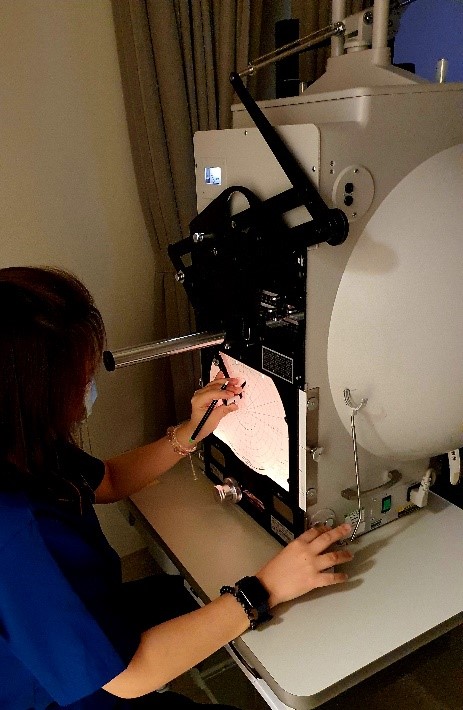
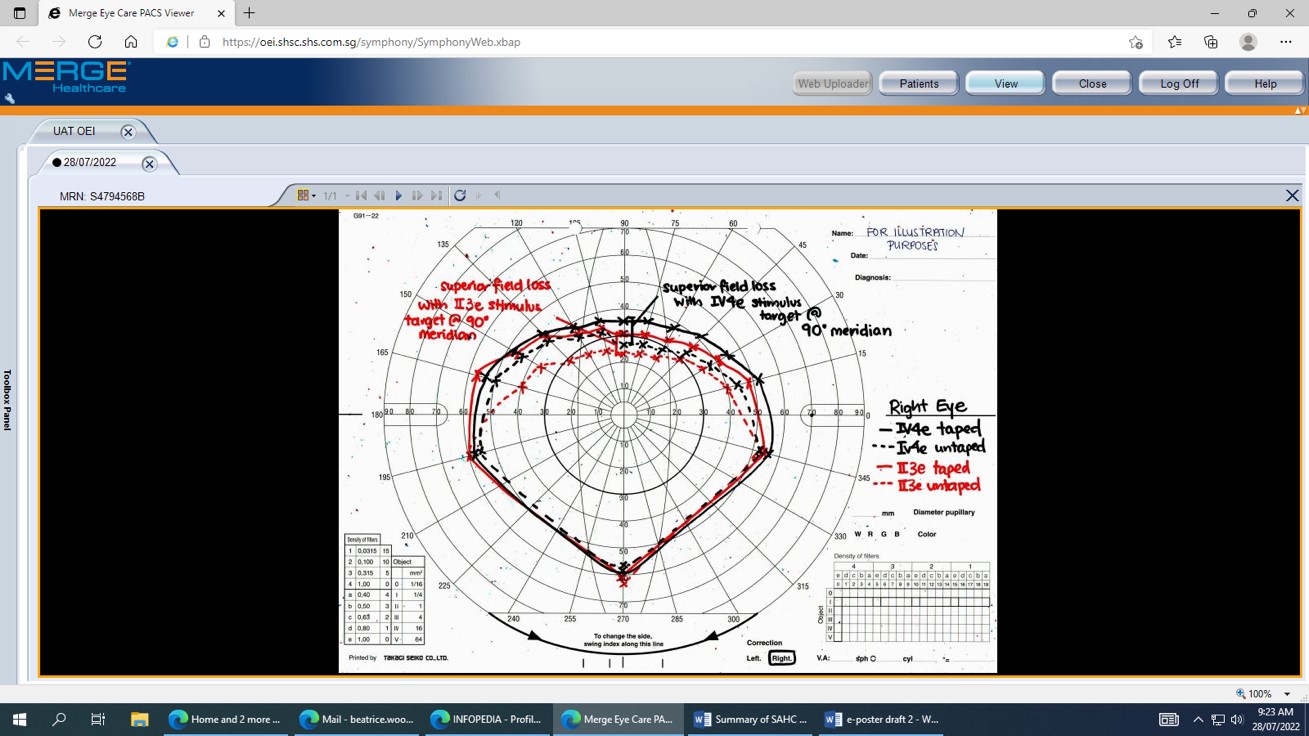
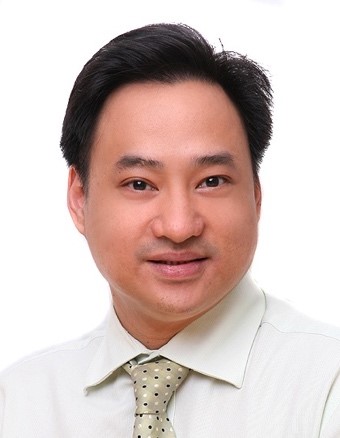 Dr Howard Yu Cajucom-Uy will present 'Conversion from Standard Cultures of Donor Preservation Media to Donor Corneoscleral Rim Cultures during Corneal Transplantation at the Singapore National Eye Centre'.
Dr Howard Yu Cajucom-Uy will present 'Conversion from Standard Cultures of Donor Preservation Media to Donor Corneoscleral Rim Cultures during Corneal Transplantation at the Singapore National Eye Centre'.
Donor-derived transmission of infection to a recipient is a serious adverse event resulting in significant morbidity to the patient, therefore it is important for an eye bank to be able to quickly identify clinically relevant infectious agents from its donor corneas.
In August 2018, a pilot study was conducted in SNEC comparing the sensitivity of donor rim cultures versus the standard preservation media cultures in identifying pathogenic bacteria and fungi. Although no clinical infection resulted from any of the culture positive cases from either group, yields from corneoscleral tissue samples were six times higher compared to preservation media samples suggesting higher test sensitivity. This prompted the SNEC Cornea Department to completely shift to corneoscleral rim cultures for all grafts performed in SNEC beginning September 2019.
In order to corroborate the findings of the pilot study, the Singapore Eye Bank retrospectively reviewed its own records of positive culture results from 2005 to 2021 and compared the sensitivity of the two sampling methods. The findings mirrored the results of the 2018 pilot, with rims having a much higher positive culture rate compared to preservation media. Corneoscleral rim cultures during corneal transplantation are therefore more sensitive than the traditional standard cultures of donor preservation media and appear to have practical benefits in a clinical setting.
-------------------------------------------------------------------------------------------------------------------------------------------------
Two of our staff are invited to speak at this year’s conference:

Assoc Prof Daniel Ting will talk about the
‘5 Rights for Artificial Intelligence (AI) in Health’. AI is the 4th industrial revolution. AI innovation has sparked tremendous interest especially in the deep learning domains including medicine over the past decades. A/Prof Ting will highlight the enormous potential of AI and the importance of understanding the principles and appropriate use of AI to enhance patients’ clinical outcome, safety, and experience.
Assoc Prof Daniel Ting
Consultant, Surgical Retina Department,
SNEC Director, Cluster AI Programme, SingHealth
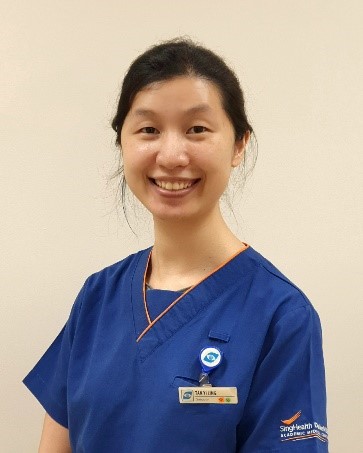 Ms Tan Yi Ling will participate in a panel discussion on
‘Tackling Burnout in the Modern Allied Healthcare Professional’ which delves into how AHPs can foster resilience in the workplace.
Ms Tan Yi Ling will participate in a panel discussion on
‘Tackling Burnout in the Modern Allied Healthcare Professional’ which delves into how AHPs can foster resilience in the workplace.
Ms Tan Yi Ling
Senior Orthoptist, Orthoptics Service
Allied Health Professional Department, SNEC
-------------------------------------------------------------------------------------------------------------------------------------------------
Contributed by:
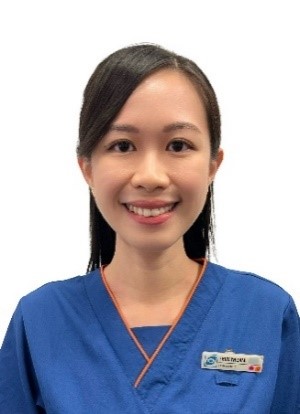
Ms Shirlyn Sam
Senior Optometrist
Optometry Service, Allied Health Professional Department
Singapore National Eye Centre (SNEC)
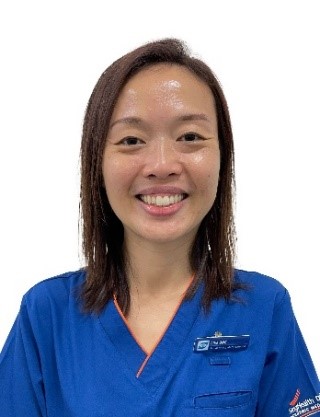
Ms Lisa Ong
Senior Principal Optometrist
Head of Allied Health Professional Department
Optometry Service, Allied Health Professional Department
Singapore National Eye Centre (SNEC)
Back to EyeSight main page.
